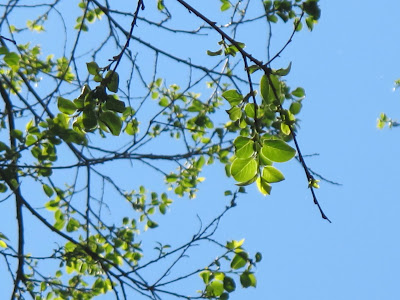Ericaceae - Heath Family
"A Year With the Trees" - Tree Number 25
Mountain Laurel
Kalmia latifolia
Spring
The Mountain Laurel is usually a large shrub that lives in thickets. However, it can grow up to 25 feet tall with a single trunk that is 10 inches in diameter. The flowers are pink and white and red with pink lantern-shaped buds.
Summer
Fall
Does anyone have a photo or drawing they would like to add to my project for the Fall Mountain Laurel or Winter Mountain Laurel? If not, I better get busy!
Winter
For the love of the trees,
Becky
"A Year With the Trees" - Tree Number 25
Mountain Laurel
Kalmia latifolia
Spring
 |
| Mountain Laurel, Kalmia latifolia |
 |
| Mountain Laurel, Kalmia latifolia |
These small trees are filled with flowers in May and June. You can find many Mountain laurels throughout the Botanical gardens of Asheville; that is where these photos were taken.
The beautiful flowers display mother nature's stitching as each flower has intricate stitching in each flower.
http://www.ashevillebotanicalgardens.org/
http://www.ashevillebotanicalgardens.org/
 |
| Mountain Laurel |
Summer
 |
| Mountain Laurel - Kalmia latifolia |
 |
| Mountain Laurel - Kalmia latifolia |
Fall
Does anyone have a photo or drawing they would like to add to my project for the Fall Mountain Laurel or Winter Mountain Laurel? If not, I better get busy!
Winter
For the love of the trees,
Becky
 |

















































